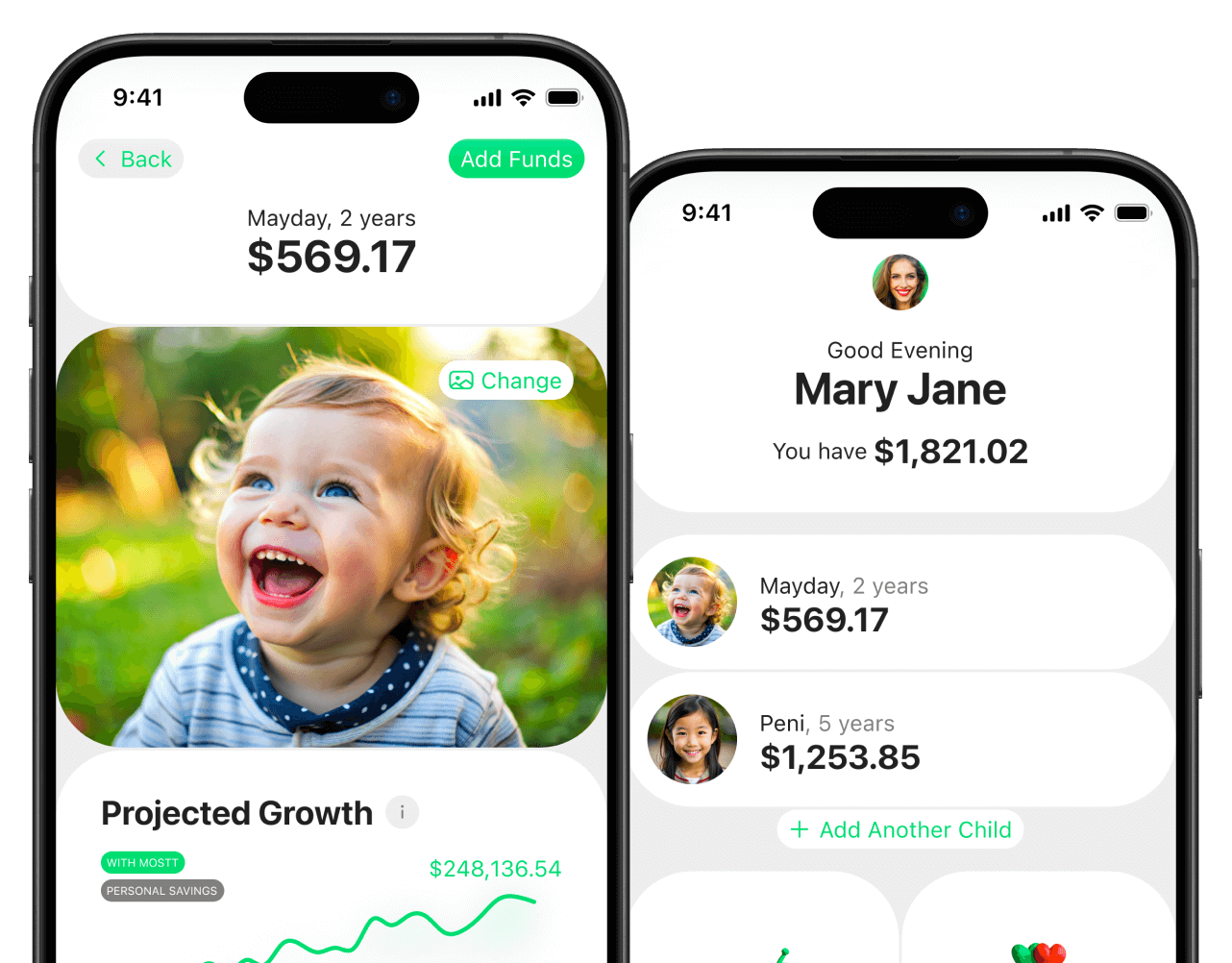You’re sipping your morning coffee when you see headlines like:
“Markets Plummet!”
“Stock Prices Crash Overnight!”
Your stomach twists. You start thinking about your savings, your kids’ college fund, and what all of this means for your family’s future. Now imagine your child overhears you sighing or talking nervously about money. To them, this might sound like the entire world is falling apart.
Market volatility is stressful enough for adults, but for kids—who don’t yet understand how the economy works—it can feel downright scary. The good news is, these ups and downs can be turned into teachable moments that help your children build confidence, resilience, and even curiosity about money.
Let’s break down how to explain market volatility to kids in a way that keeps them calm and helps them see the bigger picture.
Step 1: Start with a Story
Kids understand stories far better than they understand numbers. Market volatility? That’s just a fancy way of saying, sometimes things go up, and sometimes they go down.
Try using something familiar:
“Imagine you’re on a roller coaster. It goes up, it goes down, and sometimes your stomach feels funny—but that’s the ride doing what it’s supposed to do. The stock market works the same way. We just have to stay buckled in.”
By using stories and metaphors, you can remove the fear and mystery. Your kids will begin to see market ups and downs as normal—just part of the “ride” of investing.
Step 2: Focus on What Doesn’t Change
While stock prices can bounce around daily, the long-term goal doesn’t change: we invest for the future, not for today’s headlines.
You can reassure your kids by saying:
-
“We’re in this for the long haul, and over time, markets tend to grow.”
-
“These ups and downs are temporary. Our plan stays the same.”
Show them a simple chart of the stock market over the past 30 years. The dips are there, but the general trend is up. A resource like NerdWallet’s stock market history guide can give you visuals to explain this clearly.
Step 3: Use Kid-Friendly Examples
Complex financial terms can make kids’ eyes glaze over. So, use examples from their world:
-
Toy Prices: “Remember when your favorite toy was on sale one day and expensive the next? The toy didn’t become less fun—it’s just how prices change sometimes. The stock market is similar.”
-
Seasons: “The market has seasons too. Sometimes it feels like winter, but spring always comes around.”
Create a fun “market game” at home. Use marbles or coins to show how prices can go up and down but are only “lost” if we take them out of the game too soon.
Step 4: Model Calm Behavior
Children pay more attention to how we act than what we say. If they see us panic every time the market dips, they’ll learn to associate money with fear.
Instead of saying:
-
“We’re going to lose everything!”
Say something like:
“The market is having one of its down days, but that’s normal. We have a plan, and it’s still working.”
This models confidence and stability for them—and reinforces your own trust in your long-term strategy.
Step 5: Teach Them About Patience
Market volatility is the perfect opportunity to teach your kids about patience, one of the most valuable lessons when it comes to money.
Try this example:
“Remember when we planted those sunflower seeds in the backyard? At first, it looked like nothing was happening. But we kept watering, and over time, they grew tall. Our investments are like those seeds—they just need time to grow.”
For older kids, you can introduce the idea of compound interest—how money can grow over time if left alone. Investopedia’s compound interest guide offers easy-to-understand visuals and examples that you can share.
Step 6: Focus on What You Can Control
One of the biggest stressors during market volatility is the feeling of being out of control. This is true for adults and kids. A great way to calm fears is to shift the conversation toward what we can control.
For example:
-
We keep saving a little each month.
-
We don’t spend our emergency fund on unnecessary things.
-
We make decisions based on our long-term goals, not fear.
You can even let kids participate by creating their own mini “savings goal jar.” This helps them feel empowered instead of scared.
Step 7: Explain What Volatility Really Means
Older kids might ask, “Why do prices keep going up and down?” Here’s a simple explanation:
“The stock market is like a big store where people buy and sell pieces of companies. Some days, everyone wants to buy, so prices go up. Other days, more people want to sell, and prices go down. It doesn’t mean the company isn’t good—it’s just how the game works.”
You can also show them how long-term investing beats short-term panic. For example, the S&P 500 (a group of big companies) has always recovered after dips—something FINRA’s investor education site explains well.
Step 8: Celebrate the Long Game
At the end of the day, investing is not about what happens this week or even this year—it’s about the future.
Remind your kids:
-
We invest for years, not days.
-
Dips are temporary, but the growth we’re building is lasting.
-
We’re focusing on their future dreams—college, first car, or even starting a business.
This helps them understand that smart money habits matter far more than today’s scary headlines.
Step 9: Keep Conversations Positive
Kids often mirror how we talk about money. If you talk about the market like it’s a scary monster, they’ll see it that way. Instead, frame it as an exciting adventure:
“Yes, the market is wiggly right now. But we’re riding the wave, and over time, waves calm down. We’re safe because we have a plan.”
This approach builds not just financial understanding but also confidence.
Final Thoughts
Market volatility can feel like a storm we can’t control—but for kids, it’s a chance to teach resilience and patience. By using simple stories, relatable examples, and a calm tone, you can turn scary headlines into life lessons that stick.
Next time the market dips, grab some hot chocolate, sit down with your kids, and say:
“This is just part of the ride. And we’re strapped in together.”




